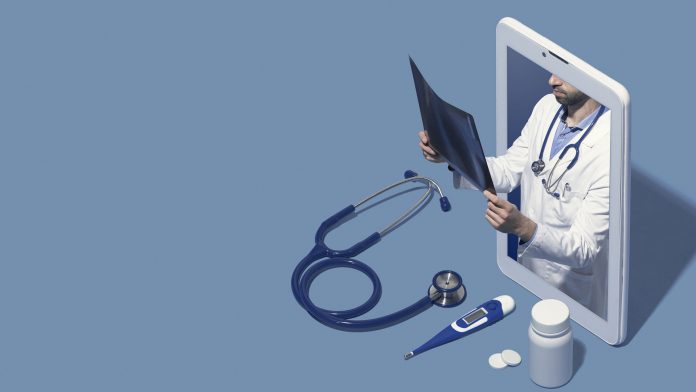Telehealth tools developed at the University of Virginia’s UVA Health to provide remote treatment and guidance to Ebola patients could help care providers reduce the spread of COVID-19.
UVA experts report in a new scientific paper, published in the Annals of the American Thoracic Society, that these telehealth tools allow doctors to provide personal, high-quality care while conserving vital personal protective equipment and reducing infection risks.
The University of Virginia’s technology has previously been used to expand access to healthcare and spare patients the need to travel to see doctors and specialists. However, UVA Health epidemiologist Dr Costi Sifri believes that other hospitals and healthcare facilities can benefit from embracing the potential of telemedicine to enhance care for patients with COVID-19 and other highly infectious illnesses. Sifri said: “One of the few bright spots of the COVID-19 crisis is that it’s shown us how remarkably powerful and versatile telemedicine can be during outbreaks of novel contagious diseases.”
Increasing safe communication with COVID-19 patients
UVA Health’s Isolation Communication Management System (iSOCOMS) provides remote care for its Special Pathogens Unit and for a biocontainment room in UVA’s Emergency Department. The system has since been expanded to cover rooms in UVA Health’s new South Tower.
The secure system includes visual and audio connections to allow care providers to monitor and communicate with a patient in isolation, and to communicate with care providers inside the room. iSOCOMS also allows family members, spiritual advisers, and others to talk to the patient.
Sifri continued: “Its importance in helping us care for patients in their home while sheltering-in-place is clear. What we show here is that telemedicine solutions can also be used within the walls of hospitals, emergency rooms and clinics to help provide enhanced, more efficient and safer patient care for those potentially infected with high-risk pathogens.”









